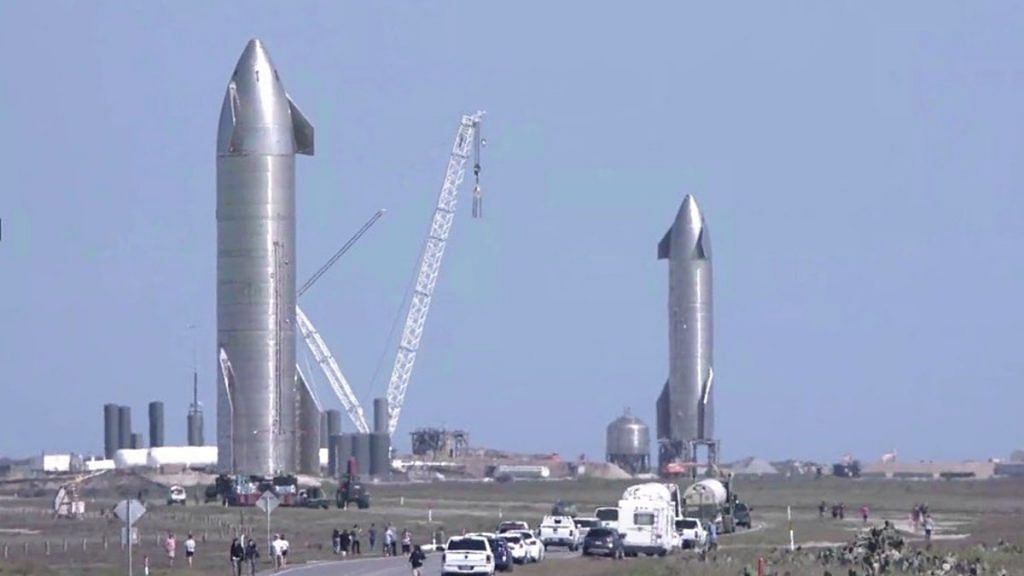Bengaluru: SpaceX’s latest Starship prototype, SN9, was successfully launched Tuesday in a test flight but exploded during its landing attempt. This is the second such landing explosion, after the previous prototype SN8 also failed to land successfully in December.
The test flight was also mired in controversy due to escalating tensions between SpaceX and the United States’ Federal Aviation Administration (FAA), which approved the test flight with a delay. It was reported that December’s test flight was conducted by SpaceX in violation of its FAA launch license, which was subsequently confirmed by FAA before this week’s Starship flight.
The Starship is SpaceX’s next generation, fully reusable super heavy-lift launch vehicle, which SpaceX envisions will ultimately carry humans to Mars.
Also read: Climate change, not Genghis Khan, likely responsible for decline of medieval Kazakh city
FAA violation and investigation
SpaceX has been the subject of an active formal investigation by the FAA since December. It is unclear which part of December’s SN8 test flight and subsequent explosion violated the FAA license, but the agency confirmed the violation and is working to modify SpaceX’s launch license.
“While we recognize the importance of moving quickly to foster growth and innovation in commercial space, the FAA will not compromise its responsibility to protect public safety. We will approve the modification only after we are satisfied that SpaceX has taken the necessary steps to comply with regulatory requirements,” an FAA spokesperson told The Verge.
The probe and increased scrutiny from regulators had caused a delay for this week’s launch, which was originally scheduled for 29 January. The FAA announced the cancellation the morning of the launch.
SpaceX’s CEO, billionaire Elon Musk, responded to the delay by tweeting that the FAA’s space division has a broken regulatory structure which is delaying plans to get humans to Mars.
Unlike its aircraft division, which is fine, the FAA space division has a fundamentally broken regulatory structure.
Their rules are meant for a handful of expendable launches per year from a few government facilities. Under those rules, humanity will never get to Mars.
— Elon Musk (@elonmusk) January 28, 2021
SN9’s launch, which saw the 120 meter-tall rocket fly to a height of 10 kilometres, was approved by the FAA.
Starship’s belly flop
After reaching its height, the Starship performs what is popularly called a belly flop. The vertical rocket inclines to a horizontal position and enters a free fall through the atmosphere, exploiting the atmospheric drag and increasing the surface area to slow it down. Once it nears the ground, it realigns itself to touch down carefully and land back on its legs.
The reorientation after the belly flop is designed to be performed by firing two of the three Raptor engines inside the rocket. While both SN8 and SN9 performed the belly flop, they struggled to land back at the right orientation as one engine failed to reignite in both instances.
oh dear. pic.twitter.com/mIxVrkRnx4
— Miriam Kramer (@mirikramer) February 2, 2021
The SN9 exploded at a 45 degree angle on the ground. The explosion also sprayed debris on the SN10 prototype that was present near the launch pad, but it was not damaged. It is as yet unclear what caused the engines to fail to reignite.
Also read: US team including 2 teenagers discovers ‘planetary lab’ with a rocky super-earth
